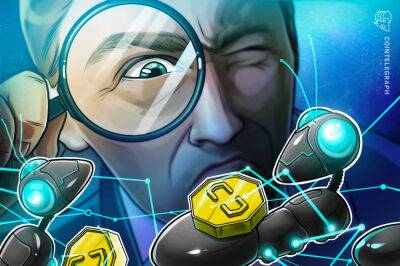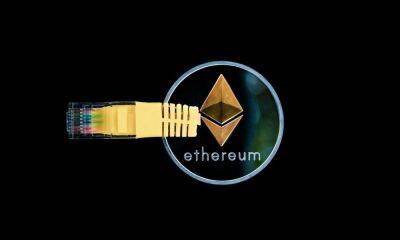Scientists claim to have designed a fully decentralized stablecoin pegged to electricity
Researchers at the federally-funded Lawrence Livermore National Laboratory in California have combined statistical mechanics and information theory to design a stablecoin they call Electricity Stablecoin (E-Stablecoin) that would transmit energy as a form of information. Livermore’s Maxwell Murialdo and Jonathan L. Belof say their innovation would make it possible to transmit electricity without physical wires or a grid and create a fully collateralized stablecoin pegged to a physical asset – electricity – that is dependent on its utility for is value.
According to the scientists, the E-Stablecoin would be minted through the input of one kilowatt-hour of electricity, plus a fee. The stablecoin could then be used for transactions the same way as any stablecoin, or the energy could be extracted by burning it, also for a fee. The entire process would be controlled by smart contracts with a decentralized data storage cloud. No trusted centralized authority would be needed to maintain or disburse the asset.
Related: Crypto crash wreaking havoc on DeFi protocols, CEXs
This would be a first for a hard-pegged stablecoin, that is, one that is directly exchangeable for a specified quantity of a physical asset, the scientists said. They suggested that electricity has a highly stable price and demand, and the electricity used in minting E-Stablecoins would be easily sustainable. Investors would be able to mint E-Stablecoins in regions where electricity prices are low, and burn the tokens where electricity is more expensive.
Murialdo and Belof described their work as a proof of concept and made extensive use of advanced mathematics for their reasoning. To make a working E-Stablecoin, “further advances that increase the speed, transfer
Read more on cointelegraph.com


 cointelegraph.com
cointelegraph.com

















